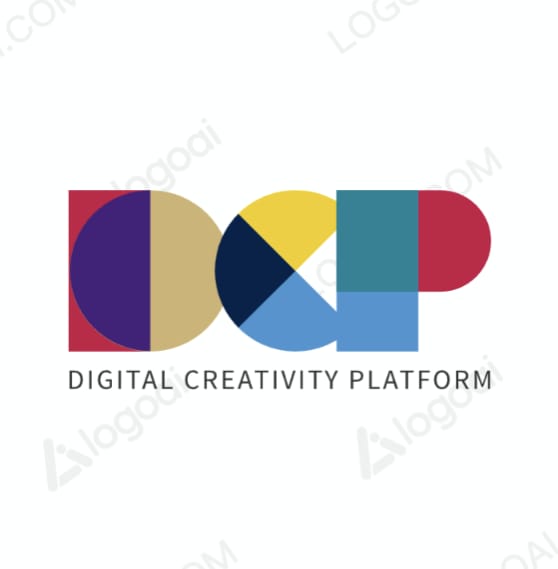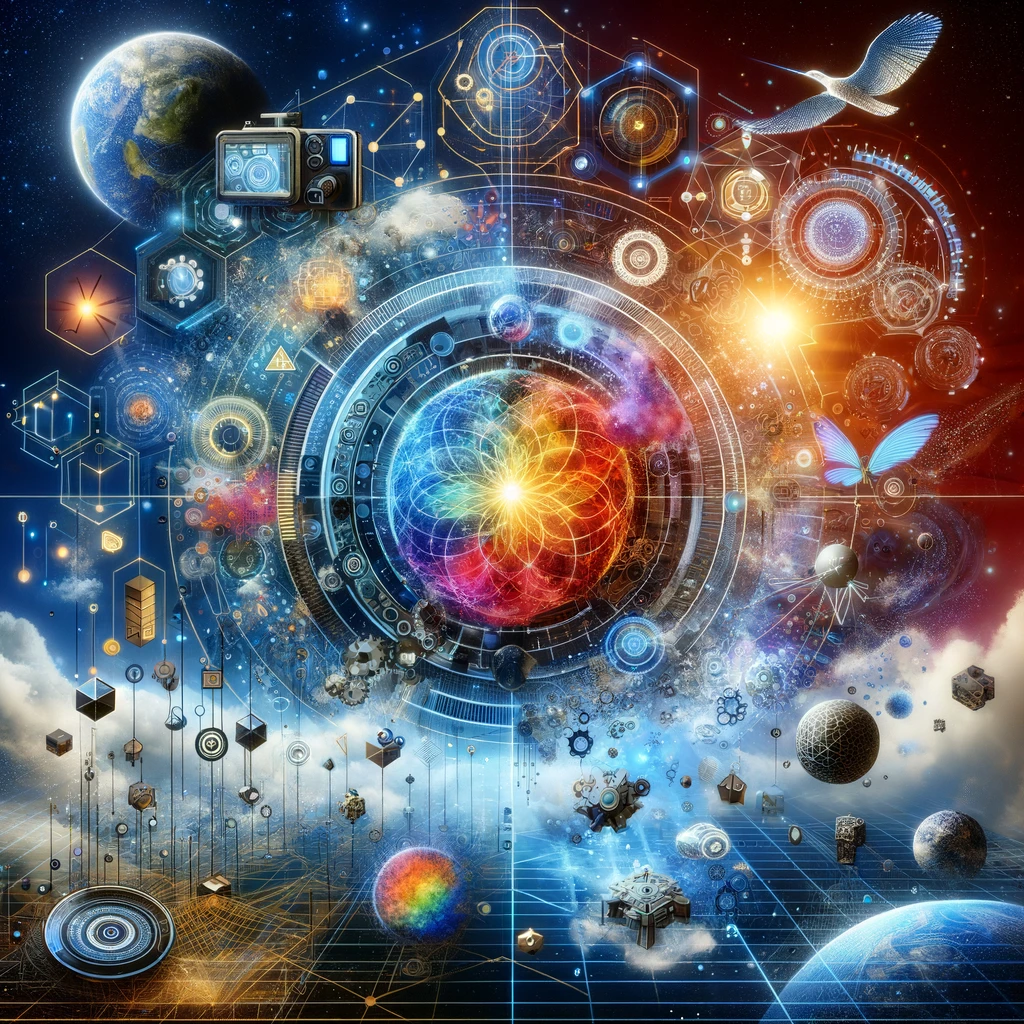Digital Creativity in the Coming Decades
Introduction: As we stand at the crossroads of an ever-evolving digital landscape, the future of digital creativity beckons with limitless possibilities. This article explores the potential trajectories of digital creativity, examining how emerging technologies and shifting cultural paradigms might shape the artistic and creative expressions of tomorrow.
The Evolution of Digital Tools: The tools and platforms that empower digital creativity are advancing at an unprecedented pace. Software for digital art, music production, and film editing are becoming more intuitive and powerful, enabling creators to bring more complex and intricate visions to life. The future will likely see these tools becoming more integrated with artificial intelligence (AI), offering predictive design options and automating routine aspects of the creative process.
Rise of Virtual and Augmented Reality: Virtual Reality (VR) and Augmented Reality (AR) are set to redefine the realms of digital experience. Beyond gaming and entertainment, these technologies hold immense potential for immersive art, interactive storytelling, and experiential learning. In the coming years, we can expect to see VR/AR installations becoming a staple in museums, galleries, and public spaces, offering new ways for audiences to engage with art and culture.
The Impact of Artificial Intelligence: AI is poised to become a pivotal tool in the arsenal of digital creators. Beyond its application in creating art, AI algorithms can analyze trends, predict audience preferences, and even assist in marketing creative works. However, this also raises ethical questions about originality and the role of human creativity in an AI-assisted future.
Blockchain and Digital Ownership: Blockchain technology is revolutionizing the concept of digital ownership and copyright. With the advent of Non-Fungible Tokens (NFTs), digital artists can now claim ownership and receive royalties for their work, a concept that was previously challenging in the digital realm. This shift is empowering creators and is likely to have significant implications for how digital art is valued and traded.
Cultural Shifts and Global Connectivity: Digital creativity is not just about technology; it’s deeply intertwined with cultural shifts and global connectivity. As digital platforms become more accessible worldwide, we will witness a more diverse array of voices and perspectives in the digital arts. This inclusivity can lead to a more vibrant and globally representative creative landscape.
Education and Skill Development: The future of digital creativity also hinges on education and skill development. As digital tools become more sophisticated, there’s a growing need for educational programs that can keep pace, equipping the next generation of creators with the skills they need to thrive in a digital-centric creative world.
Challenges and Considerations: While the future of digital creativity is bright, it is not without challenges. Issues such as digital divide, privacy concerns, and the environmental impact of digital technologies are areas that need careful consideration and proactive management.
Conclusion: The future of digital creativity is a kaleidoscope of possibilities, blending technology, art, and culture in ways we are only beginning to imagine. As we navigate this exciting future, embracing innovation while staying mindful of ethical and societal implications will be key to harnessing the full potential of digital creativity.

